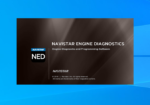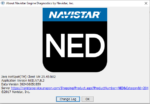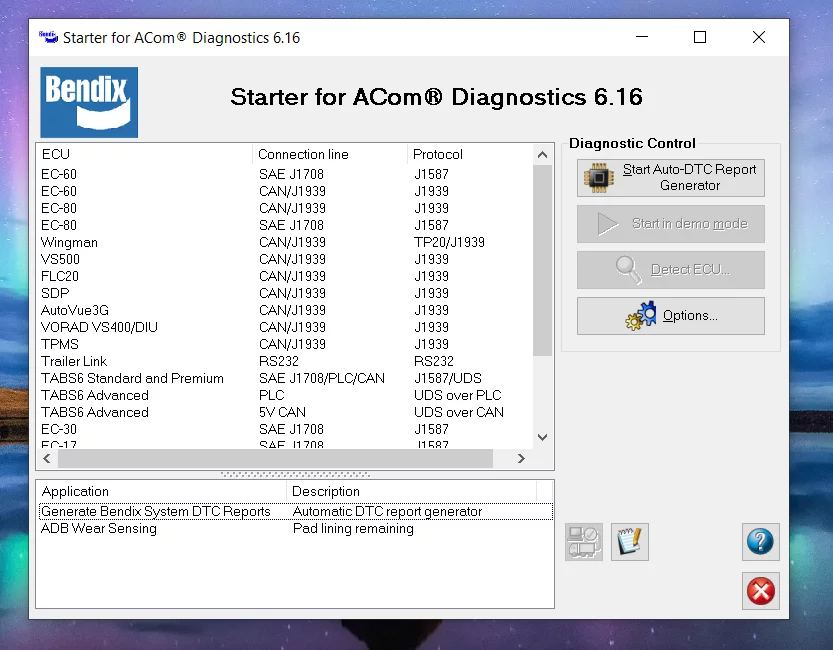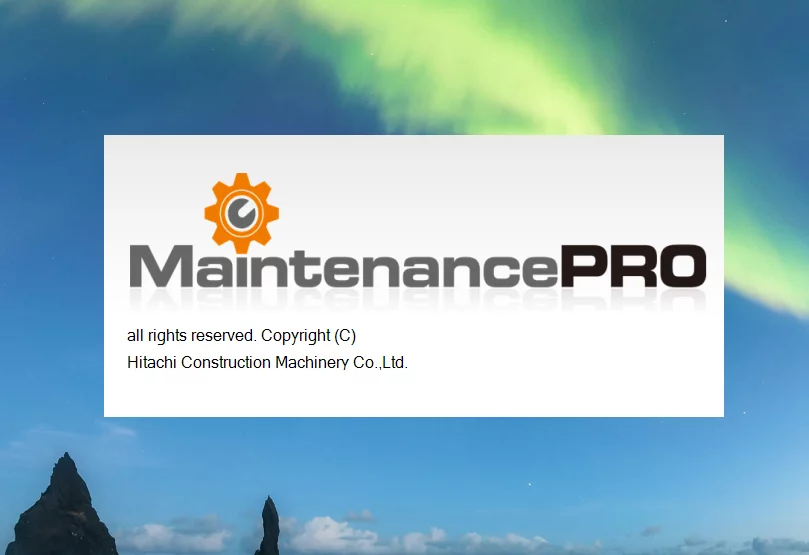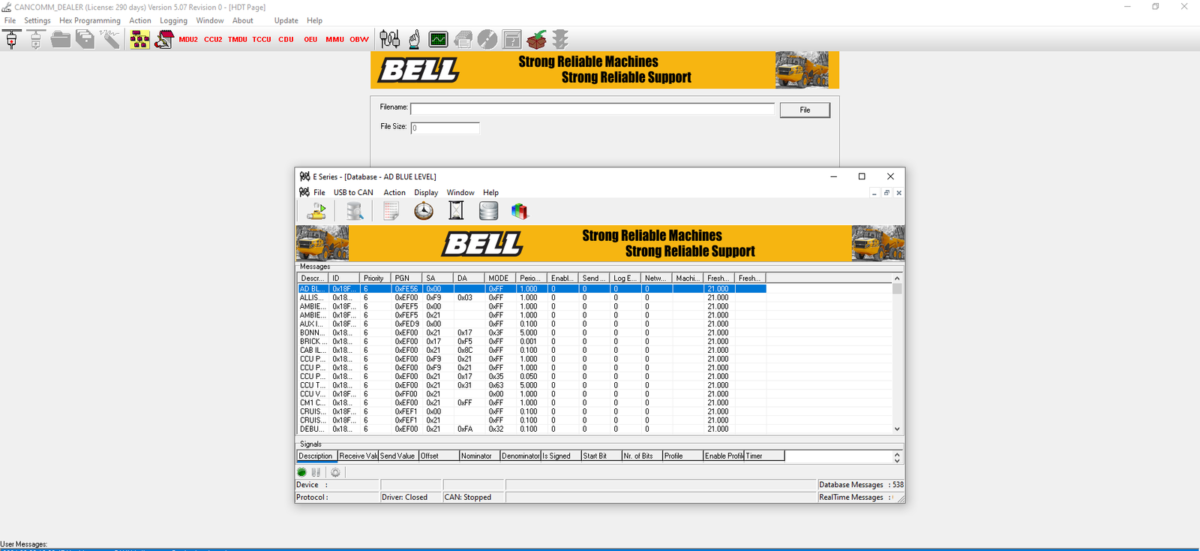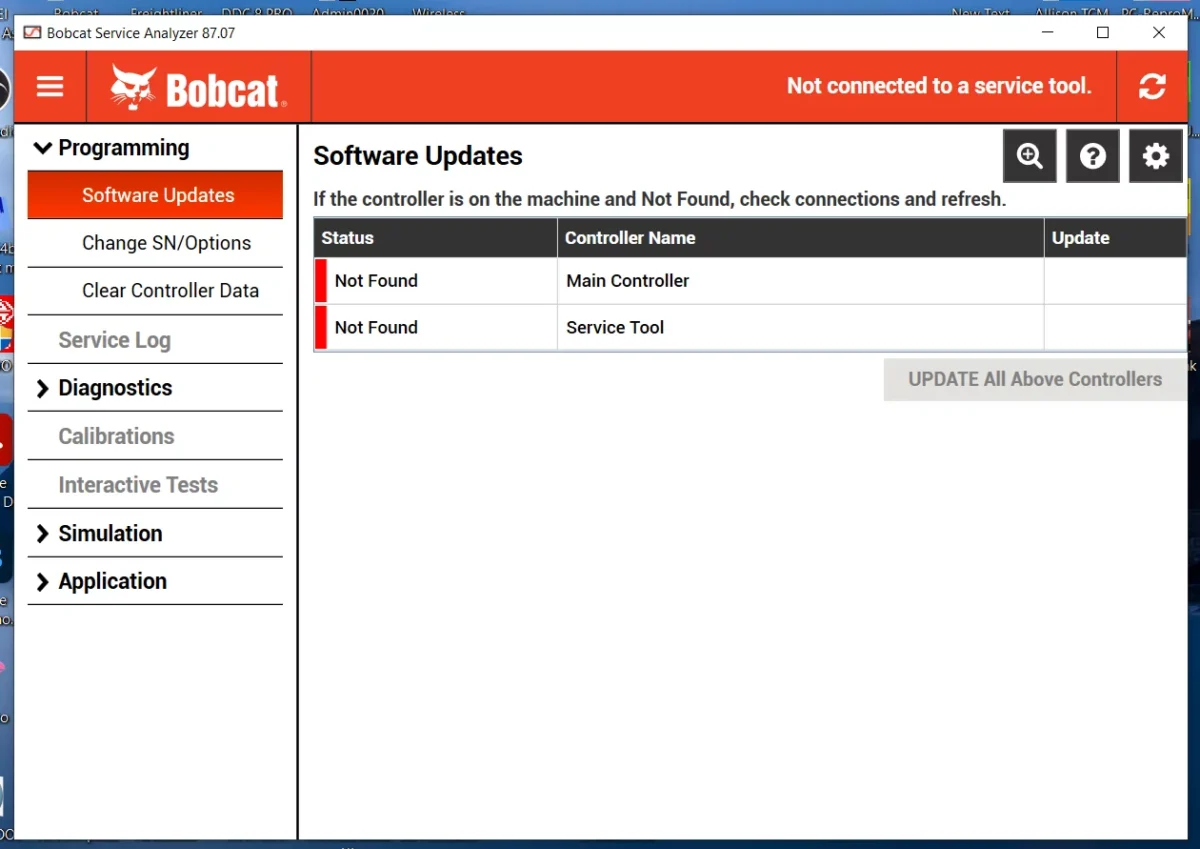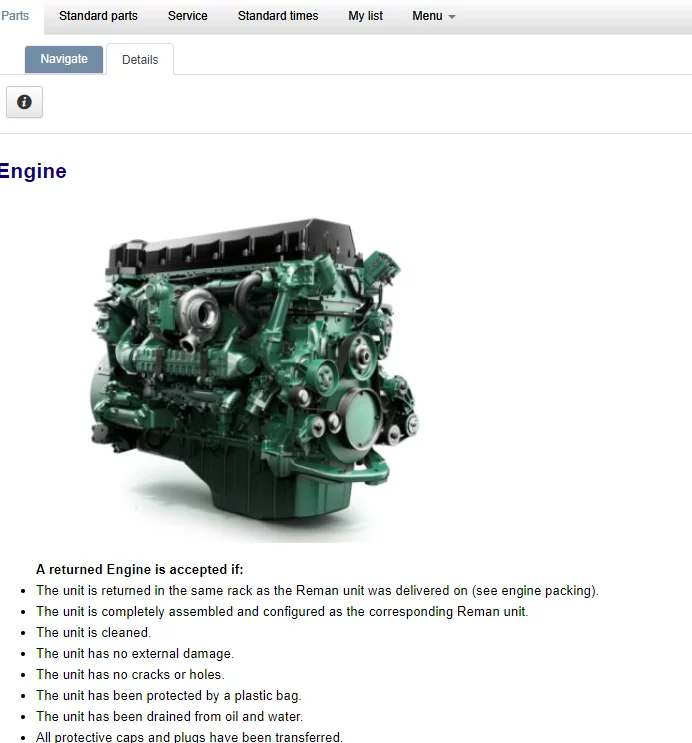Navistar NED Software 2024: Features and Benefits Explained
Navistar NED Software 2024 is a critical tool for diagnosing and programming Navistar engines. It aims to enhance fleet management by optimizing performance and minimizing downtime through advanced diagnostic capabilities. The 2024 version introduces several updates and features that improve usability and functionality. This software is designed to support technicians with real-time data monitoring and comprehensive engine diagnostics for efficient fleet operations.
Table of Contents
ToggleUnderstanding Navistar NED Software 2024
This section provides a detailed look at Navistar NED Software 2024, highlighting its objectives and the enhancements made in the latest version. This innovative diagnostic tool plays a crucial role in fleet management.
Purpose and Overview
The primary objective of Navistar NED Software is to facilitate effective diagnostics and programming for Navistar engines. Designed for both technicians and fleet operators, it optimizes engine performance while minimizing downtime. This software ensures accurate troubleshooting and maintenance, ultimately extending the lifespan of vehicle fleets.
Updates in the 2024 Version
The 2024 release of Navistar NED comes with significant updates, enhancing its functionality and user experience. Key improvements include:
- Enhanced diagnostic tools for more precise fault detection.
- Optimized user interface for faster navigation and accessibility.
- Expanded compatibility with advanced hardware devices.
- Incorporation of real-time performance monitoring features.
- Regular updates to support the latest engine technologies.
These updates contribute to a more efficient operation, making it an essential tool for professionals in the automotive industry.
Key Features of Navistar NED
The Navistar NED software incorporates several advanced features designed to enhance engine diagnostics and improve fleet management. These capabilities provide users with the tools necessary for effective troubleshooting and performance optimization.
Engine Diagnostic Capabilities
Navistar NED offers comprehensive engine diagnostic functions that allow technicians to identify and resolve issues swiftly. The software can:
- Detect diagnostic trouble codes (DTCs) efficiently.
- Run detailed engine tests to assess performance metrics.
Real-Time Data Monitoring
This feature enables users to monitor engine health continuously, which is crucial for proactive maintenance.
Critical Parameter Tracking
Critical parameters such as temperature, pressure, and RPM can be tracked in real-time, ensuring that any deviations from optimal performance are identified immediately.
Advanced Monitoring Tool Features
The advanced monitoring tools provide extensive insights into engine performance, supporting decision-making with reliable data.
Programming Service Tool Functions
The programming capabilities of Navistar NED allow users to customize engine settings for specific operational needs.
Customizing Engine Parameters
Users can adjust various engine parameters to enhance fuel efficiency and overall performance.
Programming Changes and Upgrades
This functionality facilitates the implementation of software changes and updates seamlessly, keeping systems up to date.
Diagnostic Software Interface
The interface of Navistar NED is designed for ease of use, allowing for efficient navigation through the various features.
User-Friendly Navigation
The intuitive design minimizes the learning curve, enabling technicians to focus on diagnostics rather than software navigation.
Interface Cables and Connectivity
Compatibility with a range of interface cables ensures reliable connections with diagnostic devices, enhancing the software’s functionality.
System Compatibility and Requirements
Understanding the compatibility and requirements for Navistar NED Software 2024 is crucial for effective installation and operation. Below are the details regarding supported operating systems and essential hardware specifications.
Supported Operating Systems
The Navistar NED Software 2024 is designed to function seamlessly with modern operating systems. It is essential for users to ensure that their systems meet the software’s specifications.
Windows Compatibility
This software is compatible with:
- Microsoft Windows 10 (64 bits)
- Microsoft Windows 11 (64 bits)
Recommended System Specs
To utilize the NED 2024 efficiently, the following system specifications are recommended:
- Processor: Intel Core 2 Duo or better
- RAM: Minimum of 4GB (64-bit)
- Disk Space: At least 300 MB of free space
- Display: Minimum resolution of 1024 x 768 pixels
Hardware Requirements
In addition to software specifications, proper hardware integration is vital for optimal performance.
NEXIQ Technologies USB-Link
This device is essential for connecting the software to the vehicle’s onboard diagnostics system, providing robust diagnostic capabilities.
DLA USB and Other Devices
Additional hardware that is compatible includes:
- DLA USB interface devices
- Other devices supporting RP1210A
Installation Process
The installation process for the software is designed to be user-friendly and efficient. It can be completed remotely, minimizing the need for on-site support and allowing for quick setup.
Remote Installation Steps
Using TeamViewer and AnyDesk
To install the software remotely, technicians typically utilize tools like TeamViewer or AnyDesk. These applications enable secure connections, allowing a technician to manage the installation process from a remote location. This method is streamlined and reduces the downtime for fleet operations.
Installation Best Practices
Ensuring System Readiness
Before initiating the installation, it is crucial to ensure that the system is ready. Users should verify that they have a stable internet connection and meet the minimum hardware requirements. This preparation helps to prevent complications during the installation process and ensures a smooth experience.
Troubleshooting Common Issues
Even with careful planning, some issues may arise during installation. Common problems include connectivity issues or software conflicts. It is advisable for users to familiarize themselves with solutions to typical challenges, such as restarting the installation software or checking firewall settings. Quick troubleshooting can significantly enhance the installation experience and get the software running efficiently.
Advanced Diagnostic and Testing Features
This section highlights the sophisticated diagnostic and testing capabilities integrated within the system. These features are designed to streamline the maintenance processes and enhance the overall efficiency of engine management.
Full Engine Diagnosis and Repair
The advanced diagnostic tools facilitate comprehensive assessments of engine health. This includes:
Identifying Diagnostic Trouble Codes
Users can quickly retrieve and analyze DTCs that indicate specific issues within the engine. This helps technicians to diagnose problems rapidly and accurately.
Running Engine Diagnosis Tests
Various standardized tests can be executed to assess engine components, ensuring they operate within expected parameters. This includes both functional and performance evaluations.
Engine Performance Testing
Performance testing features allow users to gauge engine efficiency under different conditions. Key aspects include:
Cold Start and Running Air Management
Testing the engine’s performance during cold starts provides insight into air-fuel mixtures and ignition timing. Adjustments can then be made accordingly.
Pressure Pump Test and System Calibration
Pressure tests help verify fuel delivery and system calibration, which is critical for maintaining optimal performance levels.
Specific Component Tests
Narrowing down issues within specific components is essential for effective troubleshooting. It includes:
Test Cylinder Cutout Procedures
This procedure assists in identifying issues within individual cylinders, helping to isolate problems that may not be apparent through general diagnostics.
Aftertreatment System Tests
Evaluating the aftertreatment system ensures emissions compliance and efficient operation, which is increasingly important in today’s regulatory environment.
User Support and Resources play a crucial role in ensuring that customers can make the most of their diagnostic software. Effective support options enhance the user experience and keep technical issues to a minimum.
User Support and Resources
Technical Support Services
Technical support services are essential for users facing challenges with Navistar NED Software 2024. The support team is equipped to assist with various issues, guiding users through troubleshooting processes.
ASE Certified Assistance
Certified technicians from the Automotive Service Excellence (ASE) organization offer specialized help. Their expertise ensures that users receive knowledgeable support for complex diagnostic problems and software functionality.
Community Engagement and Feedback
A vibrant community of users contributes to the overall support structure by sharing insights and experiences. Engaging with fellow users can provide additional resources for troubleshooting and best practices.
Online Forums and Knowledge Sharing
Online forums act as platforms for knowledge exchange, where users can discuss software features, post questions, and share solutions. This collaborative space encourages dialogue that enhances the overall user experience.
Updates and Software Enhancements
Regular updates to the software ensure that users benefit from the latest features and improvements. Staying informed about software enhancements informs users about improvements in performance, functionality, and additional tools available to them.
Future Developments and Innovations
The future of Navistar NED Software 2024 is poised for significant advancements and innovations. As technology continues to evolve, enhancements are anticipated to improve diagnostic capabilities and overall performance.
Anticipated Software Additions
Future updates may introduce a range of features designed to streamline diagnostics and enhance user experience, including:
- Integration of artificial intelligence for predictive analysis.
- Enhanced cloud connectivity for real-time data sharing.
- Expanded support for additional engine models and configurations.
- User-customizable dashboards for personalized monitoring.
Evolving Technologies in Engine Diagnostics
Technological advancements are reshaping the field of engine diagnostics, particularly in:
- Incorporation of IoT sensors that allow for continuous performance monitoring.
- Improvements in data analytics capability to identify trends and prevent failures.
- Development of augmented reality tools to assist technicians in troubleshooting.
- Adaptation to upcoming emission regulations with built-in compliance reporting features.






 CLAAS
CLAAS CNH
CNH

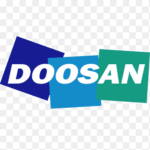



 HITACHI
HITACHI



 JPRO
JPRO KUBOTA
KUBOTA MAGIC TUNER
MAGIC TUNER
 MANITOU
MANITOU
 NEXIQ
NEXIQ NONSELF
NONSELF PACCAR
PACCAR


 PSI POWERLINK
PSI POWERLINK







 ZF TESTMAN
ZF TESTMAN


